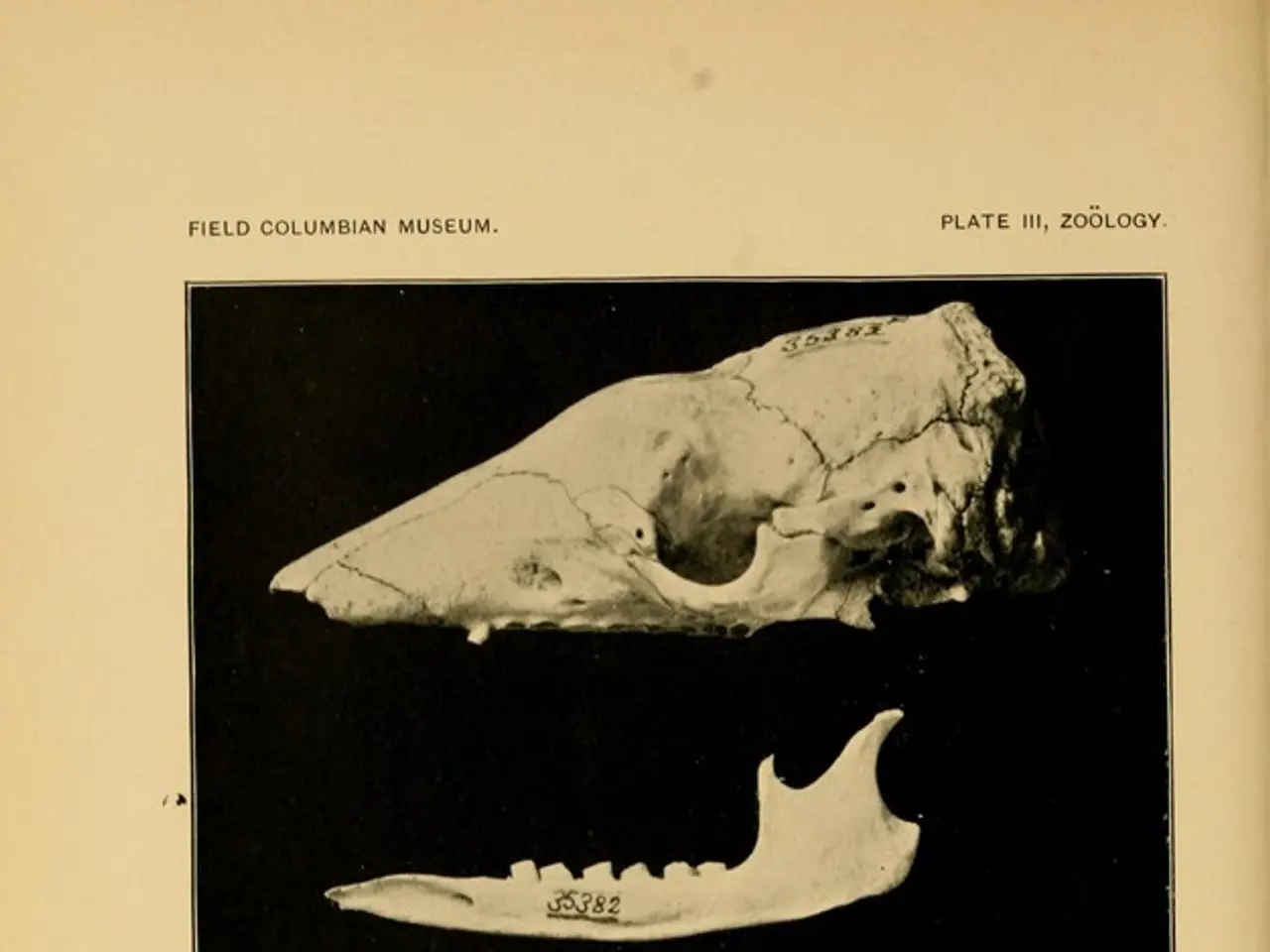Carcinoid Tumor, Explained: A Basics Guide
In the realm of rare neuroendocrine tumors, Carcinoid Apudoma stands out as a significant health concern. Primarily arising from neuroendocrine cells in the gastrointestinal tract, pancreas, or lungs, understanding this condition is crucial for those diagnosed and their caregivers.
Carcinoid Apudoma is a complex disease, and managing it effectively often requires a multifaceted approach. Setting realistic goals, focusing on achievable health and wellness objectives, and seeking support can significantly improve the quality of life for individuals living with Carcinoid Apudoma.
Understanding the disease and treatment options can empower patients, reducing anxiety. Diagnosing Carcinoid Apudoma is a complex process, involving blood tests, urine tests, imaging studies, and biopsy. Early diagnosis is key to managing the condition effectively.
Surgery is often the first line of treatment, with the goal of removing the tumor completely. However, treatment varies widely depending on the tumor's size, location, and whether it has spread. For patients who cannot undergo surgery or have metastatic disease, medications like somatostatin analogs, targeted therapy, and chemotherapy may be considered.
In addition to physical health management, addressing emotional well-being is equally important. Therapy, mindfulness and relaxation techniques, and connecting with others can help address these aspects alongside physical health. Regular monitoring and open communication with healthcare providers can help alleviate some of the uncertainty surrounding the disease.
Living with Carcinoid Apudoma often involves a multi-faceted approach to symptom management, including dietary adjustments, medications, and regular monitoring. If you experience persistent symptoms such as flushing, diarrhea, or abdominal pain, it is essential to consult a healthcare professional.
It's important to note that Carcinoid Apudoma is a rare type of Neuroendocrine Tumor (NET). NETs are a diverse group of tumors that originate from neuroendocrine cells, which have characteristics of both nerve cells and hormone-producing cells. Certain genetic syndromes, such as Multiple Endocrine Neoplasia type 1 (MEN1), can increase the likelihood of developing Carcinoid tumors.
The prognosis for individuals diagnosed with Carcinoid Apudoma can vary widely based on several factors, including the tumor's location, size, and whether it has spread to other parts of the body. While the journey can be challenging, joining support groups or online communities can provide valuable emotional support and practical advice from others who understand the journey of living with Carcinoid Apudoma.
Lastly, the term "apudoma" comes from the acronym "APUD," which stands for "Amine Precursor Uptake and Decarboxylation," highlighting the tumor's ability to produce certain hormones. Clinical trials may provide access to new and innovative treatments that are not yet widely available, offering hope for those living with this condition.
In conclusion, living with Carcinoid Apudoma requires a comprehensive understanding and approach. By setting realistic goals, understanding the disease, seeking support, and working closely with healthcare providers, individuals can improve their quality of life and navigate this challenging journey more effectively.
Read also:
- Peptide YY (PYY): Exploring its Role in Appetite Suppression, Intestinal Health, and Cognitive Links
- Toddler Health: Rotavirus Signs, Origins, and Potential Complications
- Digestive issues and heart discomfort: Root causes and associated health conditions
- House Infernos: Deadly Hazards Surpassing the Flames








